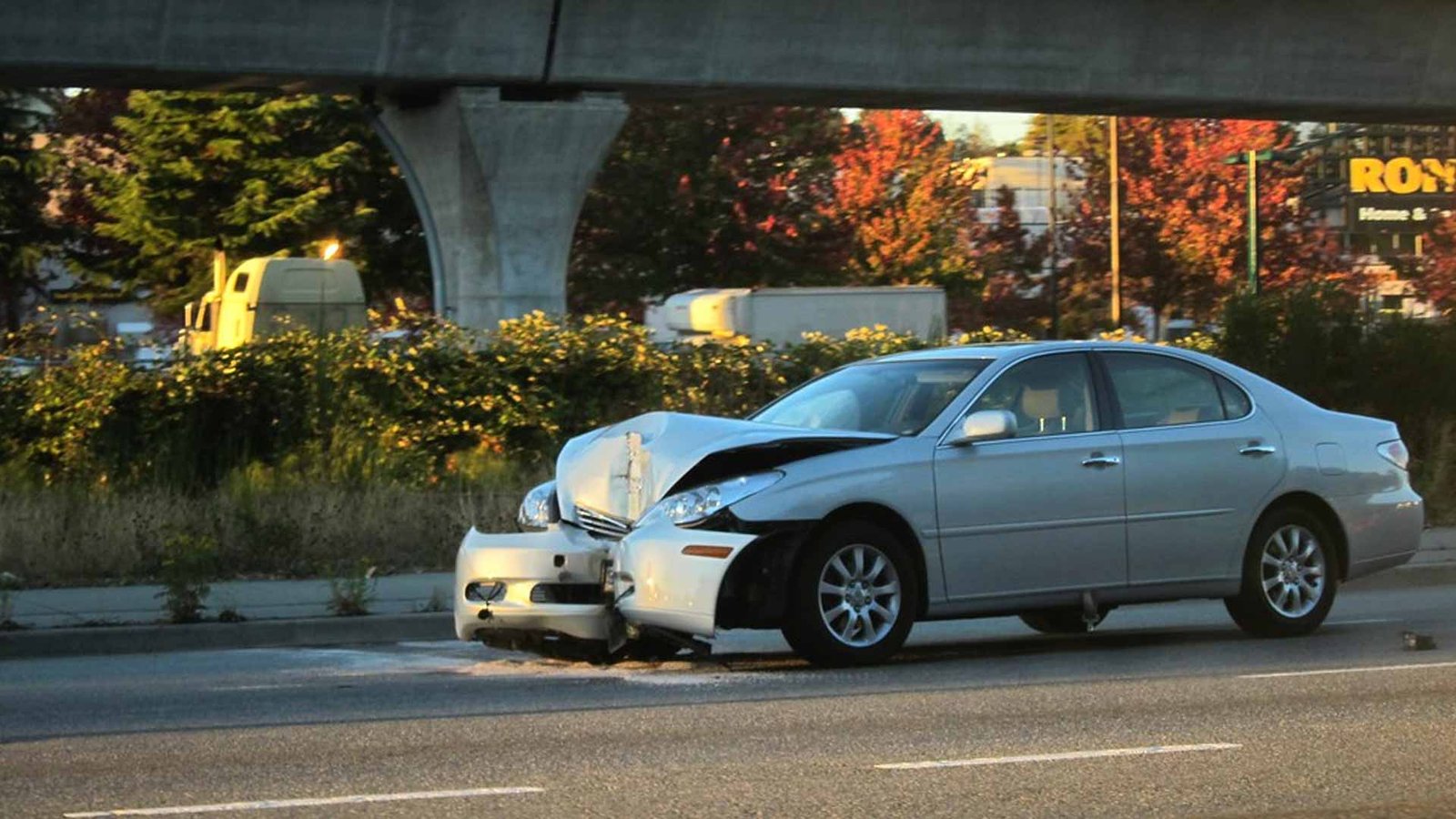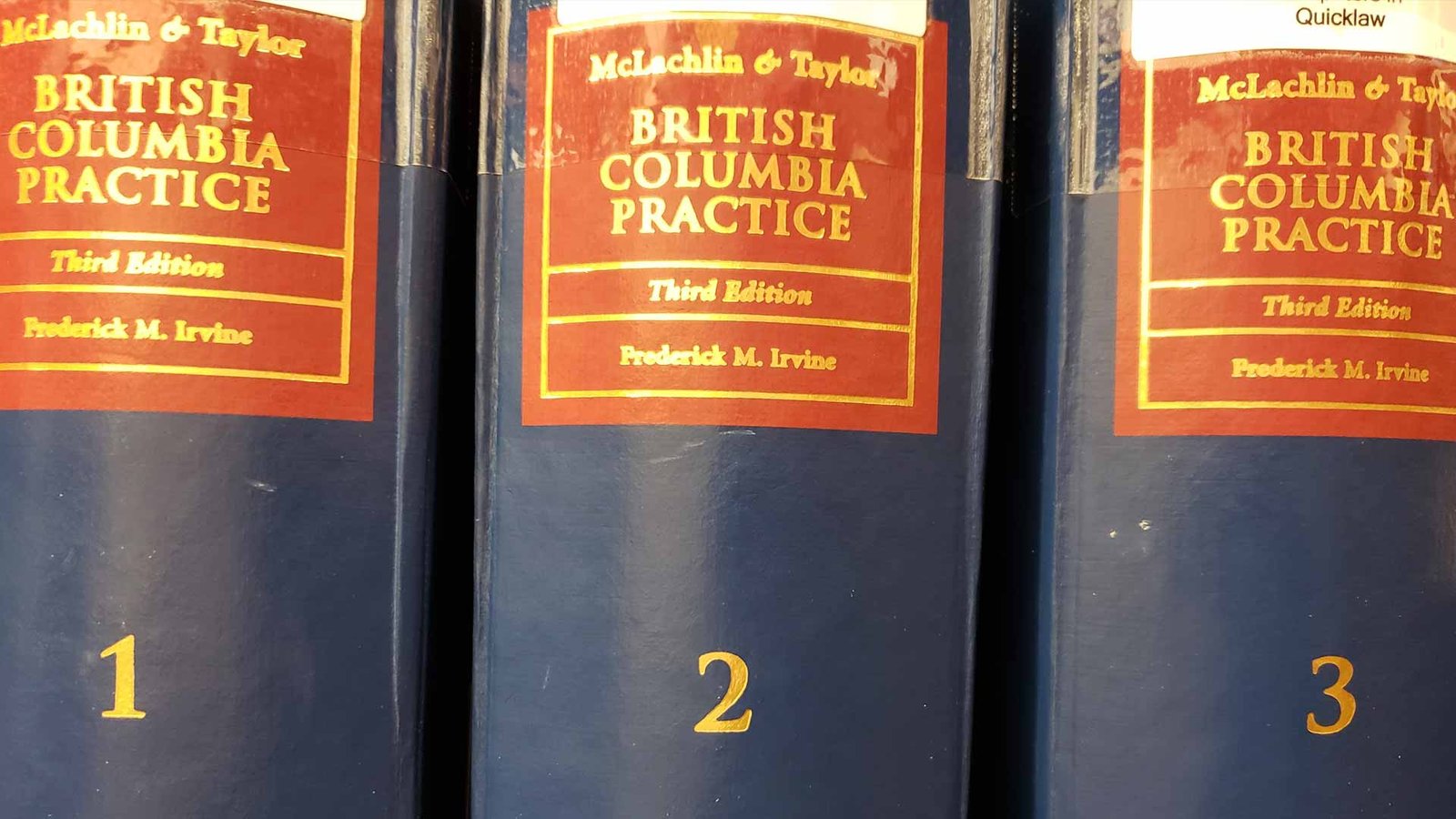The coastal ferry system on the British Columbia coast is a vital lifeline for west coast communities and a delightful experience for visitors. One long route is the trip between Prince Rupert and the northern end of Vancouver Island.
One ferry took its last trip on this route on an overnight voyage. It was the car ferry Queen of the North. It sank in Wright Sound after sailing one third of the way. It had been travelling south through a narrow passage between the mainland and Pitt Island. The narrow passage was 100 kilometers long and for most of the way was between 500 meters and 1 kilometer wide. The narrow passage meant that the bridge crew had to pay close attention to navigation for hours on end to keep the vessel away from the shore.
Once the ship reached Wright Sound there was relief. There was open water 4 kilometers wide for the ship to follow on its course. However, there was one important navigation point to follow. The centre of the main channel of open water veered slightly to the left. It was necessary to turn the ship slightly to the left.
The ship entered Wright Sound at 17 knots, nearly full speed. It continued at that speed without turning for 14 minutes until it hit Gil Island. The impact was so severe that water rushed quickly into the hull. The ship sank in 1 hour and 19 minutes.
After the collision the passengers were called on deck. The impact affected the frame of at least one cabin door. The door would not open after repeated pulling on the handle. Finally with both feet on the wall and pulling, the terrified passenger got the door open. The ship began to list to one side. One passenger on deck prepared to climb up the side of the ship in the event that the ship began to roll.
It was 12:30 in the morning as the passengers and crew assembled on deck in a fine mist. It was 7 degrees. Many were not dressed for the cold. The passengers got into rafts and a lifeboat. They floated on the water in the darkness as the Queen of the North rose on end, and then, with trapped air exploding its windows outward, sank beneath the water. A small fleet of power boats arrived from the nearest village of Hartley Bay. The villagers brought the passengers and crew to their village.
Two passengers were never found and were presumed dead. A great number of the passengers experienced psychological injury with lasting symptoms of fear of water. Many showed symptoms of Post-Traumatic Stress Disorder. They were easily angered. There were broken relationships and an attempted suicide.
I had been at work on some class action cases with James Hanson, a lawyer in Surrey. The plight of the passengers on the Queen of the North looked like something that could be dealt with by way of a class action. It would spare the passengers the cost of each of them hiring lawyers to claim against BC Ferries. We represented a passenger and her husband who were moving to Vancouver Island. All their possessions were on board the ship.
The case involved both Canadian and international law. A treaty that Canada had signed called the Athens Convention governed liability and limited the damages that could be paid.
Our case was certified as a class action. At judgment Mr. Justice Joyce found that to receive compensation, the psychological injury suffered by the passengers had to rise to the level of a recognizable psychological illness.
This was a disappointment. Many of the passengers had several symptoms of PTSD. But to receive an actual diagnosis of PTSD, it was necessary to have all four of the symptoms listed in the Diagnostic and Statistical Manual of Mental Disorders. James Hanson and I had flown many of the passengers to Vancouver for treatment and had paid for their expenses and psychiatric assessment.
The judge reviewed the cases of a number of the passengers to provide the lawyers with guidance for assessing the rest. He awarded damages. Some passengers got nothing. The other amounts ranged from $500, to $7,500. One got $12,000.
A continuing question throughout the case was about what the crew were doing on the bridge during the 14 minutes that the ship sailed straight towards Gil Island. Fourth officer Karl Lilgert was in command. He was assisted by Quartermaster Karen Briker. Both were married but it was known, and they admitted, that they had been having an affair. Rumours swirled that they had used the open water after leaving the long narrow passageway for a romantic activity.
The ship was on autopilot. They were certainly not paying attention to where the ship was going. Both said that the affair had ended. However, there were suspicious circumstances. The departure of another crew member had left Karl Lilgert and Karen Briker alone on the bridge. Karl Lilgert and Karen Briker were seen together after the sinking. No solid evidence ever came to light to substantiate the rumours.
I cross examined Karl Lilgert in the class action case. It was interesting to hear what he said about the position of the ship and the events on board. I cannot reveal his evidence.
In a separate legal proceeding, Karl Lilgert was charged and convicted with criminal negligence causing death. He was sentenced to four years in prison. At the sentencing hearing Madam Justice Stromberg-Stein stated that Mr. Lilgert testified and lied. She said:
“Whatever occupied Mr. Lilgert’s attention on the bridge that night, it was not the navigation of the vessel. I do not need to speculate what Mr. Lilgert was doing on the bridge that night. I know what he was not doing. He was not doing his job. He was not navigating a passenger ferry with 101 persons aboard who had entrusted their lives and safety to him.”





